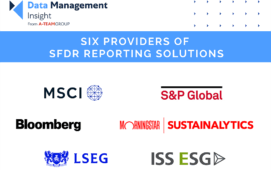By Christian Voigt, Senior Regulatory Adviser at Fidessa
With much of the MiFID II Level 2 text close to being finalised, the markets continue to dive even deeper into the details and home in on Level 3 material, such as the Q&As and ESMA guidelines.
One such detail lies in the phrase “traded on a trading venue” which is used in MiFIR to define instrument scope for topics such as pre- and post-trade transparency, systematic internaliser, trading obligation and transaction reporting across derivatives and equities. For instance, the trading obligation (i.e. requirement to trade on-exchange) covers all shares traded on a trading venue. How can a broker bound by the rules of MiFID II execute non-EU stocks if those stocks also happen to be traded on venues within the EU? As the Fidessa Fragulator shows, around 0.15% of trading in Apple’s stock is conducted on EU exchanges and is therefore potentially in scope of the MiFIR trading obligation. But what of the other 99.85% of Apple liquidity, how is that to be treated? Will non-EU venues all become recognised as equivalent under MiFID II or will non-EU trading be classed as OTC and become inaccessible to any EU broker? The latter would severely restrict brokers in their quest for best execution.
With financial institutions and regulators heading deeper down the rabbit hole by focusing on the minutiae of some of the most technical issues of MiFID II, some might start to ask what kind of wonderland awaits us post-implementation.
Subscribe to our newsletter




